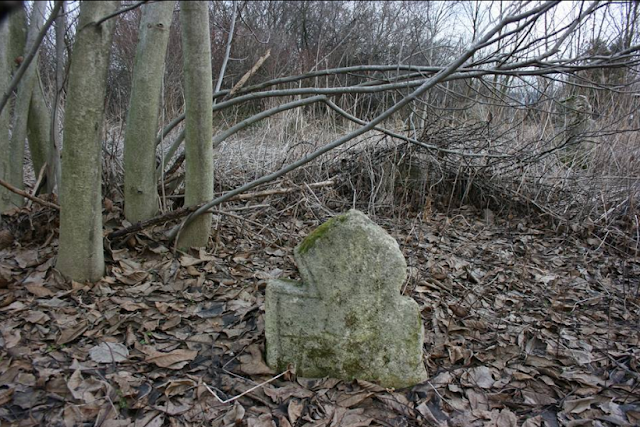Peter Plogojowitz (Serbian form: Petar Blagojević/Петар Благојевић) was a Serbian peasant believed to have become a vampire after his death and to have killed nine of his fellow villagers.
Peter Plogojowitz (Serbian form: Petar Blagojević/Петар
Благојевић) was a Serbian peasant believed to have become a vampire after his
death and to have killed nine of his fellow villagers. The case was described
in the report of Imperial Provisor Frombald, an official of the Austrian
administration, who witnessed the exorcism via impalation by stake of
Plogojowitz.
Peter Plogojowitz lived in a village named Kisilova
(Kisiljevo) in the part of Serbia that temporarily passed from Ottoman into
Austrian hands after the Treaty of Passarowitz (1718) and was ceded back to the
Ottomans with the Treaty of Belgrade (1739).
Plogojowitz died in 1725. His death was followed by a spate
of other sudden deaths (after very short maladies of about twenty-four hours
each). Within eight days, nine persons perished. On their death-beds the
victims allegedly claimed to have been throttled by Plogojowitz at night. Plogojowitz's
wife stated that he had visited her and asked her for his opanci (shoes). She
then proceeded to move to another village. In other accounts it is said that
Plogojowitz came back to his house demanding food from his son, and when the
son refused Plogojowitz brutally murdered his own son.
The villagers decided to disinter the body and examine it
for signs of vampirism; such as growing hair, beard, and nails and absence of
decomposition.
The inhabitants of Kisilova demanded that Kameralprovisor Frombald,
along with the local priest, should be present at the procedure as a
representative of the administration. Frombald tried to convince them that
consent from the Austrian authorities in Belgrade should be sought first. The
locals declined because they feared that by the time the permission arrived the
whole community could be exterminated by the vampire, which they claimed had
already happened "in Turkish times," ie when the village was still in
the Ottoman-controlled part of Serbia. They demanded that Frombald himself
should immediately permit the procedure or else they would abandon the village
to save their lives. Frombald was obliged to consent.
Together with the Gradiška priest, he viewed the already
exhumed body and was astonished to find that the characteristics associated
with vampires were indeed present. The body was undecomposed, the hair and
beard were grown, there were "new skin and nails" (while the old ones
had peeled away), and blood could be seen in the mouth. After that, the people,
who "grew more outraged than distressed," proceeded to stake the body
through the heart, which caused a great amount of "completely fresh"
blood to flow through the ears and mouth of the corpse. Finally, the body was
burned.
Frombald concludes his report on the case with the request
that, in case these actions were found to be wrong, he should not be blamed for
them, as the villagers were "beside themselves with fear." The
authorities apparently did not consider it necessary to take any measures
regarding the incident.
The report on this event was among the earliest documented
testimonies concerning vampirism in Eastern Europe. It was published by
Wienerisches Diarium, a Viennese newspaper, today known as Die Wiener Zeitung.
Along with the report of the very similar Arnold Paole case of 1726-1732, it
was widely translated West and North, contributing to the vampire panic of the
eighteenth century in Germany, France and England.




Comments
Post a Comment